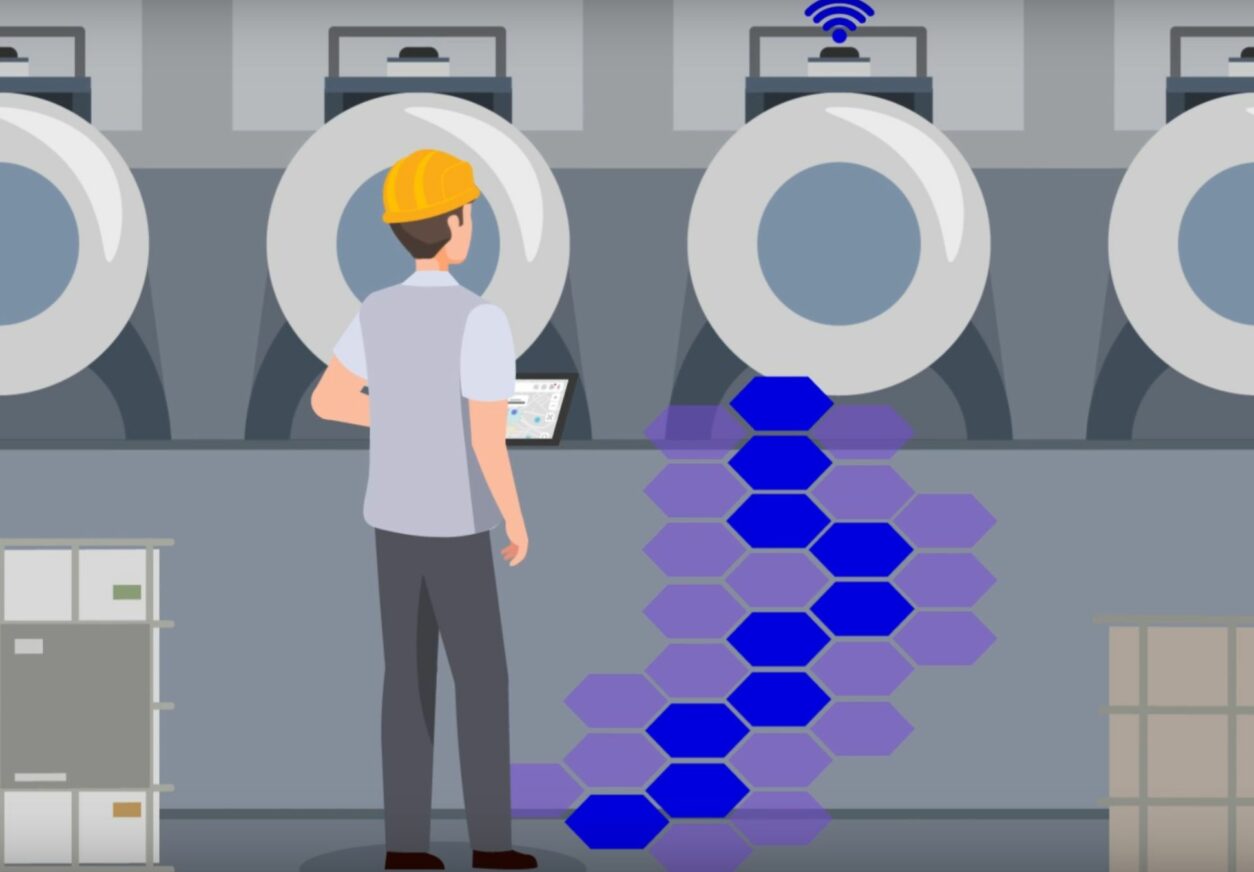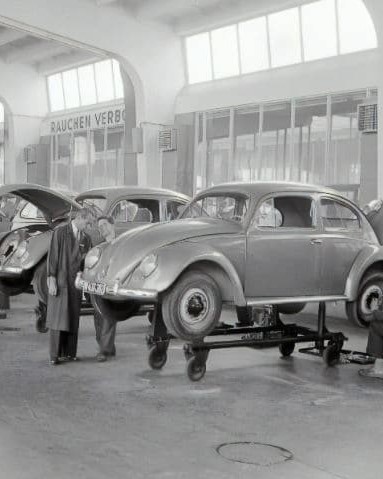What is the 5S method?
As we mentioned in our article “Lean Manufacturing: discover its main methods !”, the 5S method is one of the pillars of Lean Management.
It allows you to constantly optimise working conditions by ensuring the organisation of workstations and by reducing waste caused by clutter, unnecessary movements or redundant and obsolete steps.
Indeed, working conditions are not always conducive to achieving the best performance, especially when there is clutter or it takes time to find the right tools.
Historical point: The 5S method originated in Japan and was created by Taiichi Ōno, the production manager at the car manufacturer Toyota. Thanks to this method, the company managed to become successful again. Since then, the 5S method has attracted worldwide attention.
The 5S comes from the five operations that constitute the method and means :
- Seiri: Sort,
- Seiton: Tidy up,
- Seiso: Clean,
- Seiketsu: Standardise,
- Shitsuke: Respect.
In this article, we will detail each of these 5 operations.
Seiri : Sort
The first operation consists of sorting. In other words, it is a matter of placing the working tools according to how often they are used.
It may turn out that some tools are never used. This step therefore also involves removing the unnecessary. Tools that are rarely used can also be moved to a more suitable location.
Seiton: Tidy up
The second operation consists of tidying up so as to limit physical movements. This tidying up is therefore preceded by the following questions:
- Which tools are used frequently and by whom?
- Which tools should be accessible to everyone?
- How can we ensure that the paths to the necessary resources are as short as possible?
The storage system thus adopted must be made visible through a system of labels.
Seiso: Clean
Seiso means to clean, or repair. This concerns all equipment and tools. If some of them are broken, or abnormally dirty, it is a matter of identifying the causes so that the problem does not recur.
Even if this step is one of the most painful, it is essential to improve the working environment, and thus the satisfaction of the employees.
Seiketsu: Standardise
This involves tidying up the workplace so that all employees can find their way around, and standardising the way in which this is done. It is then possible to plan which machines should be cleaned and maintained and how often.
Shitsuke: Respect
The last step is to apply a continuous improvement approach. In other words, it is a matter of respecting the 4 previous rules and maintaining them. For this reason, this last operation can be called “sustaining” the method.
If mistakes are made during a cycle, it is important to correct them in the next cycle, in order to continuously improve the process.
What is the objective of the 5S approach?
The main objective of the 5S approach is to improve the company’s productivity by creating better working conditions for employees, who are thus encouraged to be more conscientious and responsible.
The implementation of this method requires the participation of all employees. Working groups should be set up, with a manager, to identify weaknesses in the supply chain in order to remedy them. A detailed action plan should then be drawn up for all the measures discussed by the various working groups.
What are the benefits of the 5S approach?
The steps of the 5S method may seem easy and quick to implement. However, as we have just pointed out, for this method to work, it is essential that all employees are active and make the necessary effort to ensure that it is carried out correctly.
To do this, it can be useful for managers to remind people of the benefits of this method, of which there are many. This helps to motivate employees to implement the method effectively.
Thus, the benefits of the 5S approach include :
- An increase in the well-being and satisfaction of employees
The 5S method benefits not only the company, but all employees, who will work in a much more pleasant and safe environment.
- An increase in productivity
Productivity naturally increases through the elimination of certain wastes, which leads to a better working environment, well-maintained machines and tools placed closer to the operators.
- Improved safety
The tidying up of the site reduces the risk of accidents by highlighting the wear and tear of infrastructure, machines or parts.
- A more pleasant working environment
- Less material loss
This reduction in material losses allows for savings on resources.
- Free up space
This opens up new possibilities for the freed-up space.
These are not the only advantages, but they give an idea of the scope of the 5S method. Adopted more than 50 years ago in Toyota factories, this method is an essential tool in Lean Manufacturing, and accompanies all companies in their search for performance.
Written by Emma Guignard








